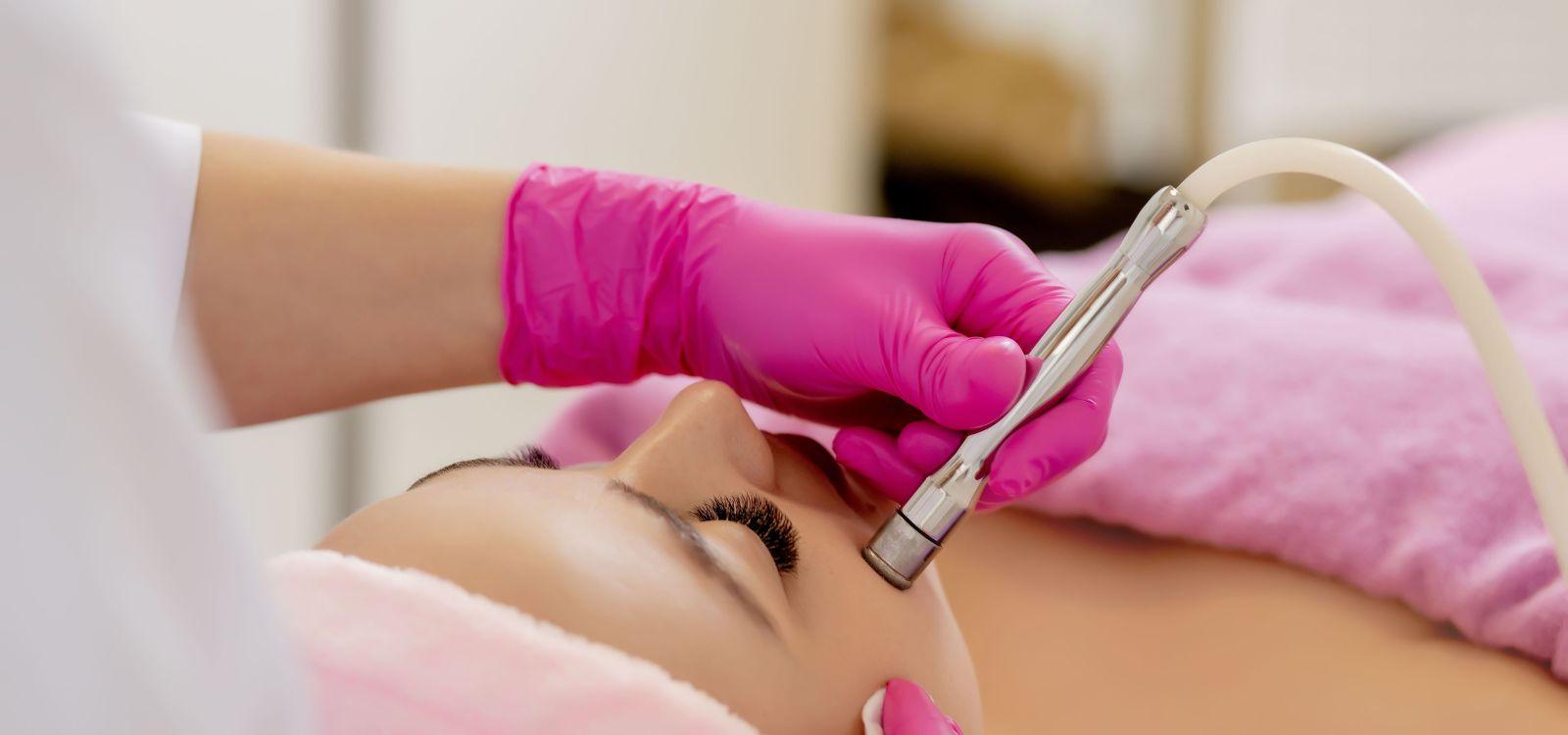Microdermabrasion – What You Need to Know
Microdermabrasion is a strategy for removing the topmost layers of the skin’s surface to rejuvenate and brighten its overall tone. It can help with several problems, including a dull or uneven skin tone and minor pigmentary issues. Depending on the intensity of the abrasion, it might even improve the skin’s texture and help with problems like scars, wrinkles, and stretch marks. Dead skin cells are removed using an applicator with a specific abrasive surface. It has been an approved aesthetic technique since the 1990s.
Microdermabrasion seems straightforward, but dozens of devices and approaches are on the market. The instruments used by an esthetician are usually less aggressive than those used by a medical professional. The procedure can be performed as part of a facial, where a rotary device is incorporated during the exfoliation, stimulating and renewing the skin to appear brighter and smoother. This might also be done with a crystal formulation for exfoliation or with a diamond-tipped device for precision. These devices also suction away the dead skin, leaving radiant, newly exposed skin. Treatments can be spaced closer together – every 1-2 weeks, rather than monthly, as is often required for more invasive options.
